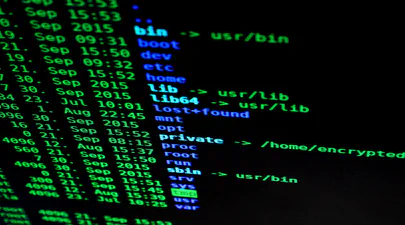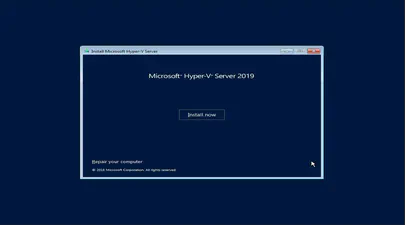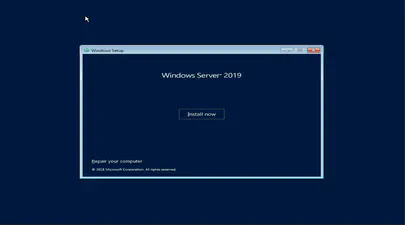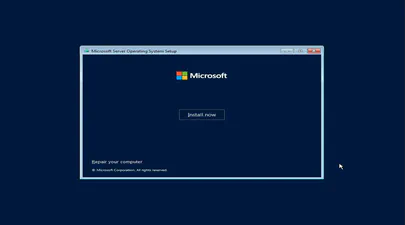Blog Posts

Resolving commands 'Killed' on GCP f1-micro Compute Engine instances
When I want to perform a quick task, I generally spin up a Google GCP Compute Engine instance as they’re cheap.
Read More
How To Enable Debug Logging in ipmctl
The ipmctl utility is used for configuring and managing Intel Optane Persistent Memory modules (DCPMM/PMem).
Read More
How To Install Prometheus and Grafana on Fedora Server
[Updated] This article was updated on 03/13/2021 using Fedora Server 33, Prometheus v2.
Read More
How To Monitor Persistent Memory Performance on Linux using PCM, Prometheus, and Grafana
In a previous article, I showed How To Install Prometheus and Grafana on Fedora Server .
Read MoreUsing ltrace to see what ipmctl and ndctl are doing
Occasionally, it is necessary to debug commands that are slow. Or you may simply be interested in learning how the tools work.
Read More
How To Install and Boot Microsoft Hyper-V 2019 from Persistent Memory (or not)
In a previous post I described how to install and boot Fedora Linux using only Persistent Memory, no SSDs are required.
Read More
How To Install and Boot Microsoft Windows Server 2019 from Persistent Memory
In a previous post I described how to install and boot Fedora Linux using only Persistent Memory, no SSDs are required.
Read More
How To Install and Boot Microsoft Windows Server 2022 from Persistent Memory (or not)
In a previous post I described how to install and boot Fedora Linux using only Persistent Memory, no SSDs are required.
Read MoreCategories
- AI ( 3 )
- Books ( 2 )
- Cloud Computing ( 1 )
- Conferences ( 2 )
- CXL ( 14 )
- Data Center ( 2 )
- Development ( 2 )
- Events ( 2 )
- Hardware ( 1 )
- How To ( 35 )
- Linux ( 28 )
- Machine Learning ( 1 )
- Performance ( 2 )
- PMEM ( 1 )
- Product Manager ( 1 )
- Projects ( 3 )
- Servers ( 1 )
- System Administration ( 2 )
- Troubleshooting ( 4 )
- Ubuntu ( 1 )
- Vector Databases ( 1 )
Tags
- Active-Memory
- Agent
- AI
- AMD
- Arcade
- Artificial Intelligence
- AWS EC2
- Benchmark
- Blister Pack
- Book
- Boot
- Bootable-Usb
- Buyer's Guide
- C
- C-2
- Chat GPT
- ChatGPT
- Clflushopt
- Cloud
- Code Tunnel
- Code-Server
- Codespaces
- Compute Express Link
- Cpu
- Custom GPT
- Custom-Kernel
- CXL
- CXL 1.0
- CXL 1.1
- CXL 2.0
- CXL 3.0
- CXL Devices
- CXL Specification
- Data Center
- DAX
- Daxctl
- Debugging
- Dell
- Development
- Device-Mapper
- Dm-Writecache
- DRAM
- Edge
- Enfabrica
- Esxi
- Fastfetch
- Featured
- Fedora
- Frequency
- Generative Prompt Engineering
- Git
- Governor
- Gpg
- GPT
- Gpt-3
- Gpt-4
- GPU
- Grafana
- H3 Platform
- Home Lab
- HPE
- Intel
- Ipmctl
- Java
- Kernel
- Kvm
- Lenovo
- Linux
- Linux Kernel
- Linux-Volume-Manager
- LLM
- Lvm
- Machine Learning
- Mainline
- MAME
- Memory
- Memory Management
- Memory-Tiering
- Micron
- Microsoft
- ML
- Movdir64b
- Mysql
- Napkin Math
- NDCTL
- Neofetch
- NUMA
- Nvdimm
- NVidia
- Ollama
- Open WebUI
- Optane
- PCIe
- Percona
- Performance
- Persistent Memory
- Personal Branding
- Pmdk
- PMem
- Powersave
- Product Manager
- Programming
- Prometheus
- Prompt Engineering
- Qdrant
- QEMU
- RAG
- Remote Development
- Retimers
- Retrieval Augmented Generation
- Samsung
- Self-Hosting
- Server
- Servers
- SNC
- SSH
- STREAM Benchmark
- Sub-NUMA Cluster
- Sub-NUMA Clustering
- Supermicro
- Switches
- Sysfs
- System Administration
- System Information
- System-Ram
- Technical Documentation
- Terminal
- Tiered-Memory
- Tutorial
- Ubuntu
- Ubuntu 22.04
- Vector Databases
- Vmware
- Vmware-Esxi
- Vpmem
- VS Code
- Vsphere
- Website
- Window
- Windows
- Windows-Server
- Working-Set-Size
- Wss